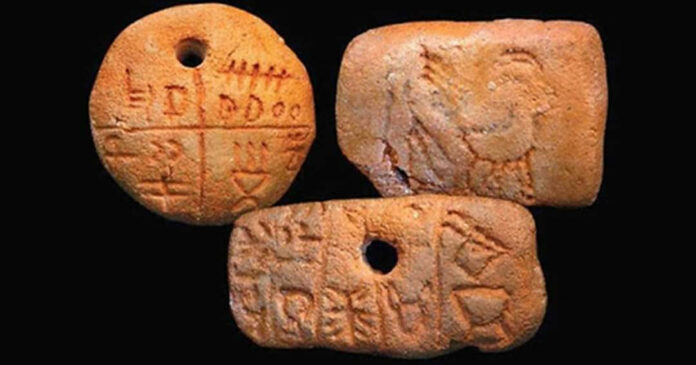A Neolithic Mystery Unearthed

In 1961, archaeologists made a groundbreaking discovery in the heart of Transylvania. Led by Nicolae Vlassa, the team unearthed three small clay tablets in the village of Tărtăria, alongside various artifacts and human remains. Little did they know that these unassuming objects would spark a decades-long debate about the origins of writing in Europe.
The Controversial Clay Tablets

The Tărtăria tablets, two rectangular and one round, bore intricate symbols on their surfaces. Associated with the Vinča culture of the Neolithic period, these markings have puzzled experts since their discovery. Are they truly an early form of writing, predating even Mesopotamian and Egyptian scripts? Or are they merely decorative symbols with no linguistic meaning?
Challenging the Timeline of Human Communication
A Potential Revolution in History
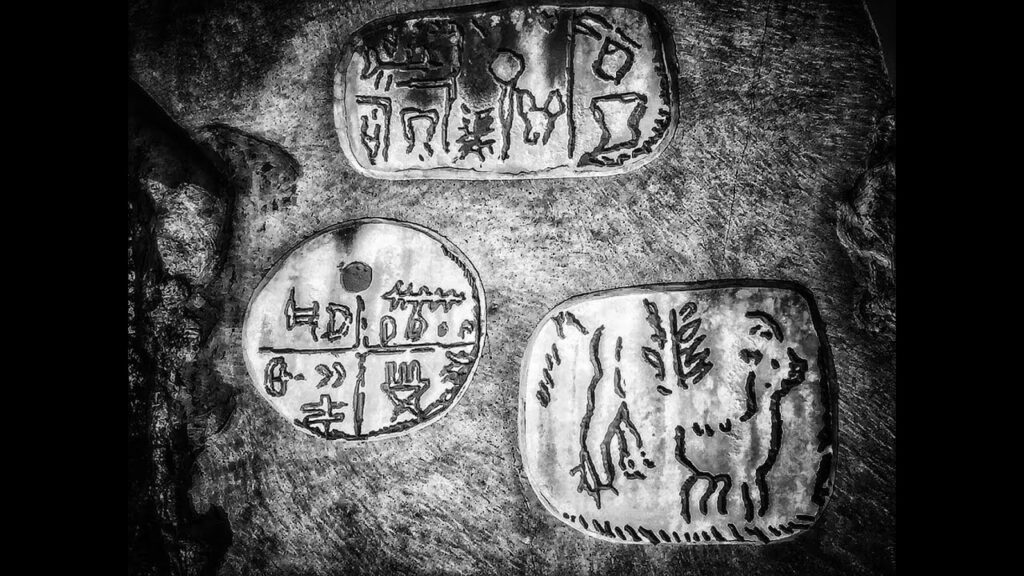
If the Tărtăria tablets indeed represent a writing system, they could rewrite our understanding of human civilization. This discovery would push back the timeline of writing by several centuries, suggesting that the Danubian culture was far more advanced than previously thought.
Ongoing Debates and Research
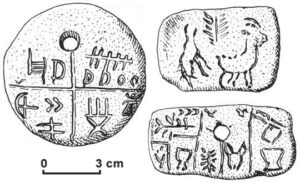
The authenticity and interpretation of the tablets remain hotly contested. Scholars continue to analyze the symbols, exploring possible connections to other ancient writing systems and considering alternative explanations for their purpose.
The Quest for Knowledge Continues
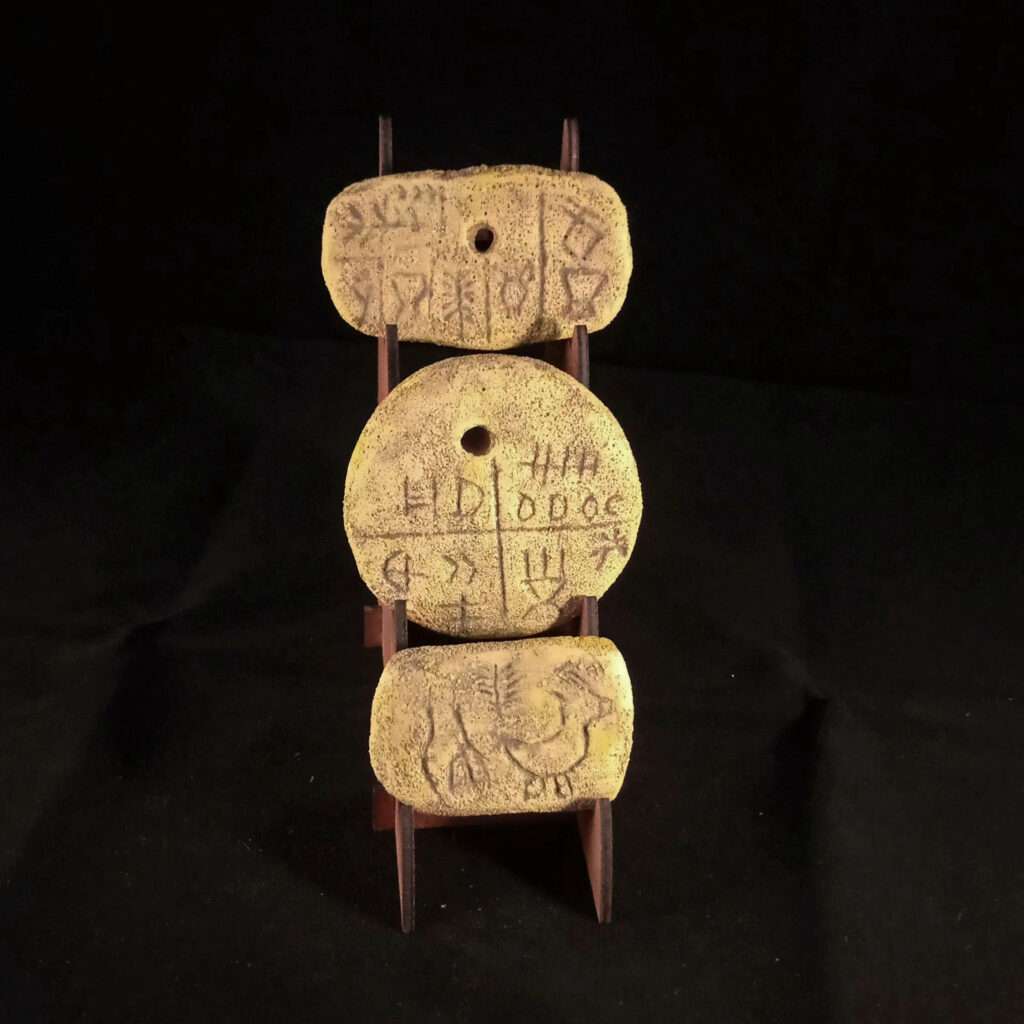
As research progresses, the Tărtăria tablets stand as a testament to human ingenuity and our enduring desire to understand our past. These small clay artifacts hold the potential to unlock secrets about the evolution of human communication and the sophisticated nature of Neolithic European societies.
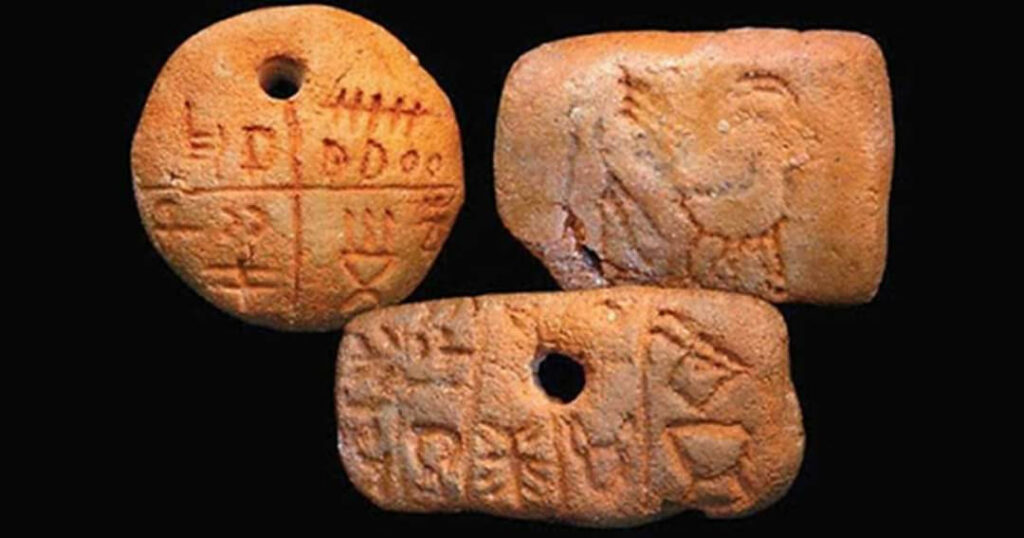
While the mystery of the Tărtăria tablets persists, one thing is certain: they have captured the imagination of scholars and the public alike, reminding us of the remarkable achievements of our ancestors and the endless possibilities that lie in the study of our distant past.
